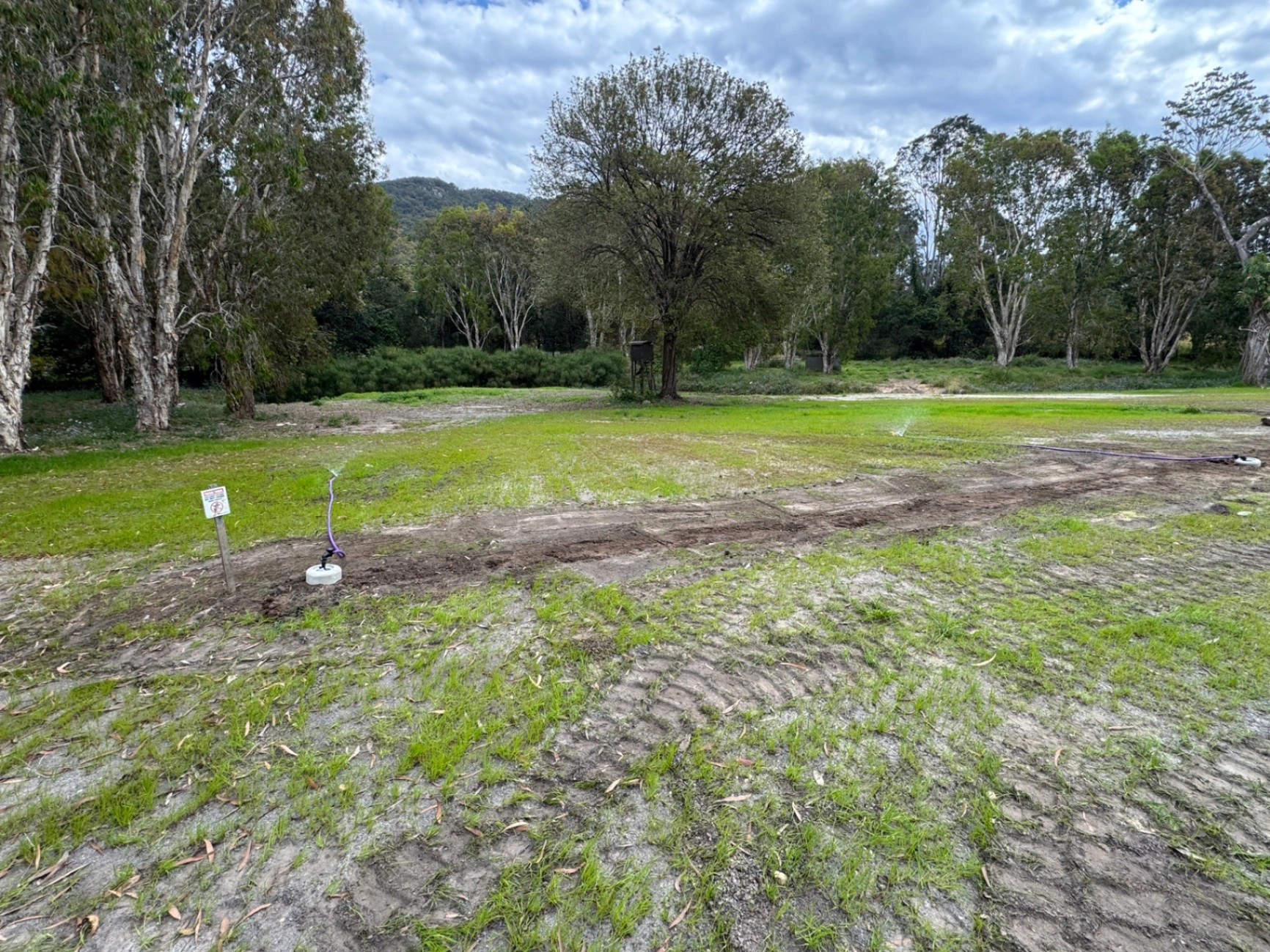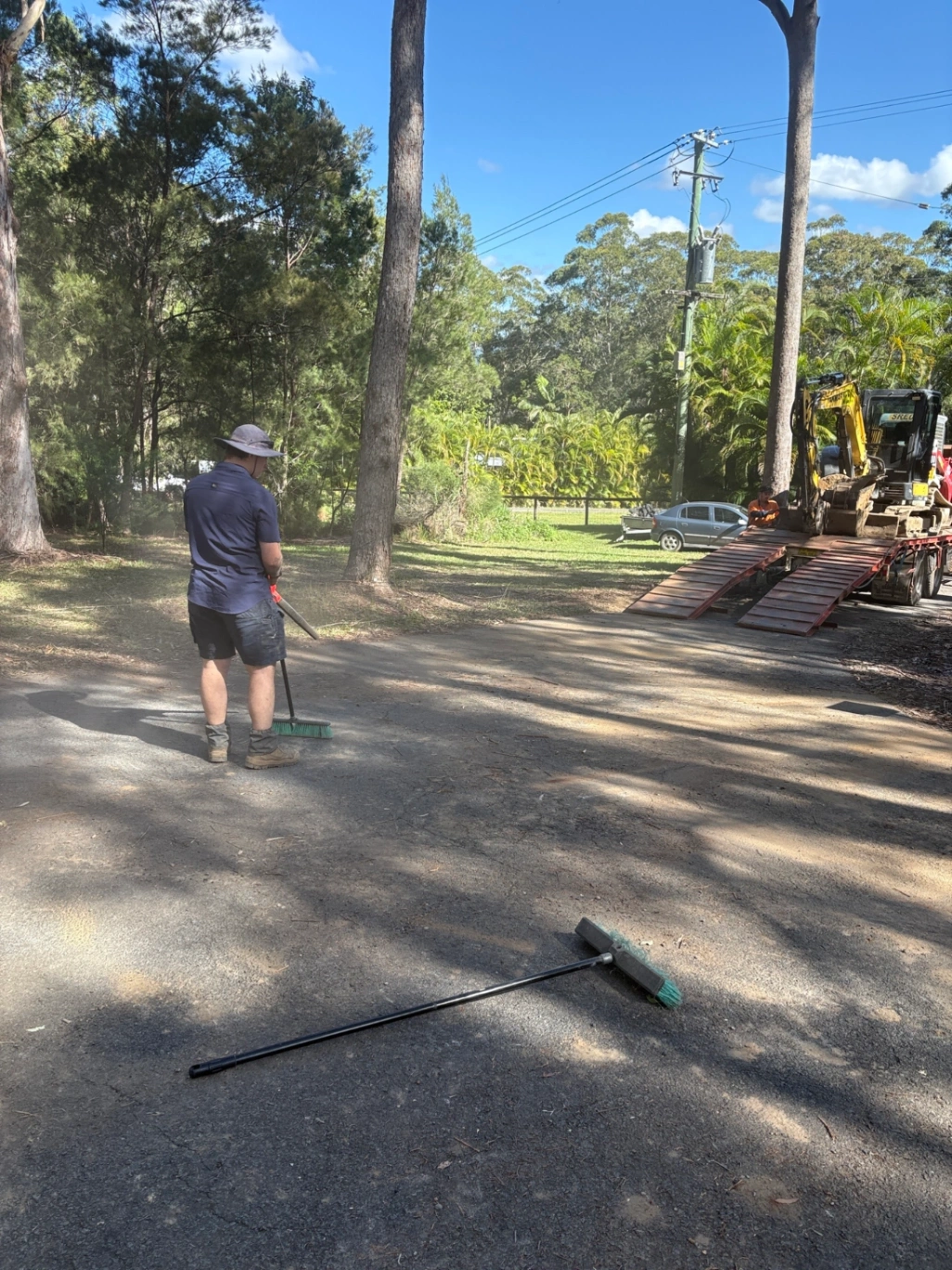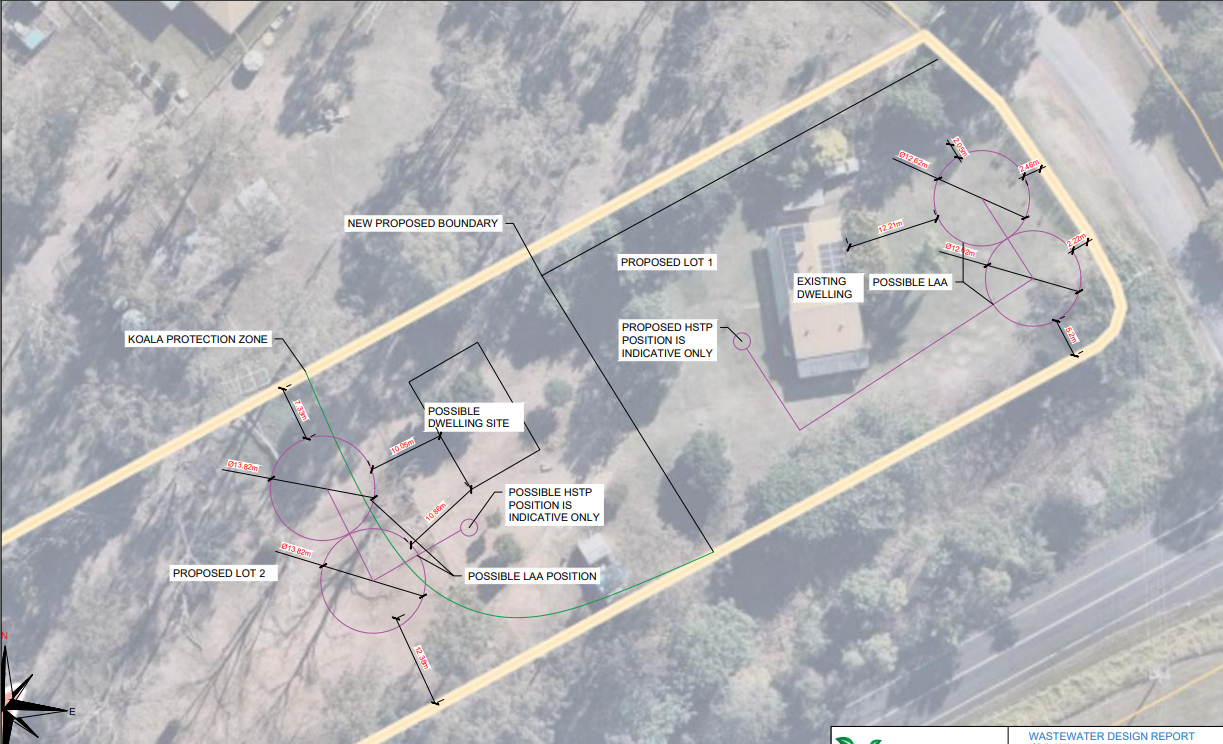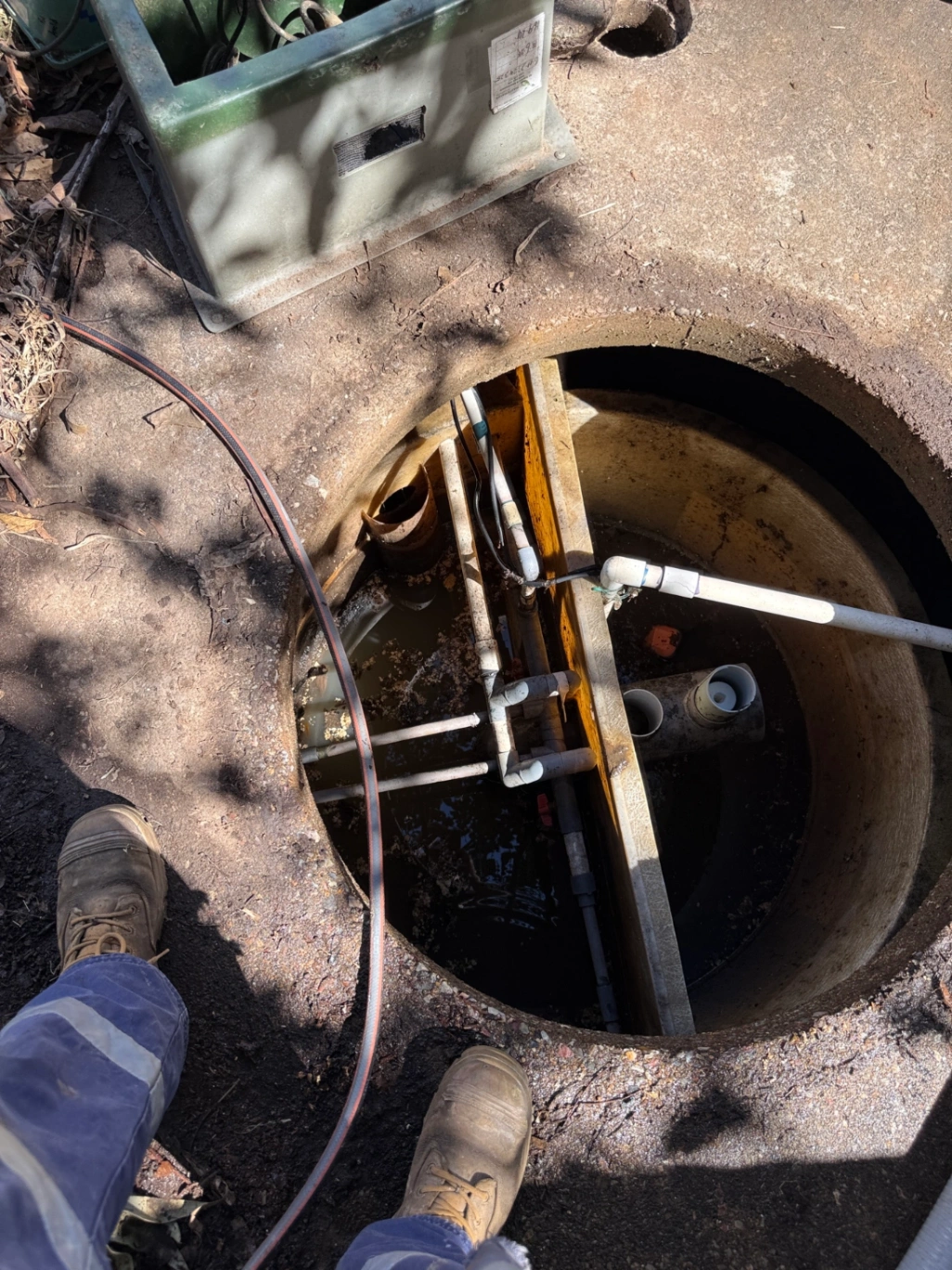Wastewater Treatment System Price Guide
Call us at 1300 770 594 or fill out our online booking form to get in touch.
Benefits, limitations, & costs of home sewage treatment options
There is no one-size-fits-all wastewater treatment system, each block has unique natural features and each home will have different water usage habits which could make one style ideal and another unsuitable. Express Wastewater take pride in customising the sewage treatment option for each customer, carefully matching the right system with the right property. This process can save customers up to and over $15,000.
The first step of the process is to schedule a design consultation with one of our wastewater treatment specialists. We will take a soil test and carry out a full assessment to work out which will be the best system for you and your property. Regardless of your final choice, whether it is poly or concrete trenches or a treatment plant, our experienced team can help you from complete installation to servicing and repairs.
Express Wastewater Solutions are not aligned with any one system or style of wastewater treatment, we pride ourselves on matching your requirements and property type with a top-quality, practical solution. This can end up saving you up to and over $15,000. Below is some information about some of the common onsite sewage treatment options and the benefits and costs involved in operating each style.
Request A Wastewater Treatment Quote
Call us at 1300 770 594 or fill out the form and we will get in touch with you as soon as possible.
Your wastewater treatment options
When looking at the costs of the different wastewater treatment systems, you need to consider both the initial installation costs and the ongoing running costs.
Below is a sample of some of the main styles of wastewater systems as well as the benefits and limitations of each, and advice on why to choose one over the other.
Septic tank and absorption trenches
What are septic tanks and trenches and what do they do?
The septic tank and trenches have been around longer than any other treatment option in Australia. The system works by breaking the effluent down in the septic tank into a liquid form which then soaks into the ground through a series of trenches. This can be done by gravity or pumped up to the trenches if required.
The septic tank and trenches option is generally the cheapest and most hassle-free long-term choice to dispose of effluent, especially in a gravity-based system.
Benefits of the septic tank & trench option
Benefits of septic tank systems - Save on services which can be approx $320 per year and power costs of around $300 per year. Septic tanks require minimal maintenance as many are gravity fed removing the need for a pump and pump maintenance costs. Savings are estimated at around $1000 per year compared to other options.
Limitations of this option
The septic tank and trench system rely on your property having permeable soil, correct distances from natural water tables, creeks, dams, bores etc. as well as the depth of soil over an impermeable barrier.
Septic system installation and operation costs (approximate)
- Install cost - Indicative for New Build Only - $7000 to $15,000
- Running costs - Gravity - $200 to $400 (every 5-10 years)
- Running costs - Pumped - $760 to $1,520 (every 5-10 years)
Septic tank running costs
- Pumping tank - The septic tank will need to be pumped out every 5 to 10 years. The frequency will depend on usage and the size of the septic tank - Cost $200 - $400 ($40 per year)
- System operation - Power to run the pump (pumped option only) - Cost $30 - $40 per year (estimated - will vary depending on usage)
- Pump replacement (pump option) - Most pumps will last an average of 5 years with an estimated cost of $600 for a replacement pump and its installation. The costs involved in pump replacement will depend on the type and size of the pump used - $120 per year
For more info on septic systems, read out article: Types of Septic Systems
Aerated Wastewater Treatment Plant (AWTS) - also commonly known as Biocycle or HSTP
What is an aerated wastewater treatment plant and what does it do?
An aerated wastewater treatment plant uses an air blower to promote the growth of aerobic bacteria which helps to break down and treat effluent. The added treatment stage in an AWTS disinfects the effluent, allowing it to be used safely for limited irrigation. This disinfection process is normally achieved using chlorination. This method of treating effluent is probably the most versatile option and is generally fairly cost-effective in terms of the cost of installation. The further water treatment of this system means that you can disperse your effluent via surface or subsurface irrigation.
Benefits of aerated wastewater treatment plant option
This style offers versatility as you can either dispose of the treated wastewater using surface or subsurface disbursement in most council areas. This method allows the reuse of water to irrigate gardens, reducing overall home water use. These systems also generally offer a lower installation cost.
Limitations of AWTS
Aerated wastewater treatment plants need a reliable source of power which can add to operating costs as well as potentially make it unsuitable for properties which are affected by frequent power outs. As with anything with moving, mechanical parts, there is a risk that something could go wrong causing a breakdown.
Aerated wastewater treatment plant installation and operation costs (approximate)
- Install cost surface - Indicative - $11,000 to $15,000
- Install cost subsurface - Indicative - $13,000 to $16,000
- Changeover from Septic to AWTS - Indicative - $22,000 to $30,000
- Running costs - Gravity - Approximately $1000 per year over a 15-year period
Aerated wastewater treatment plant running costs
- System servicing - approx $300 to $320 per year (first year free)
- Pumping tank - A tank pump out needs to be carried out every 5-10 years. Due to the larger quantity of water to be pumped (compared with septic), the service agent is required to be onsite during the pump out and water refill - Cost approx $900
- System operation - Power to run the pump and aerator 365 days a year - Cost approx $300
- Replacement pump and aerator - The pump and aerator will last on average 5 years each with an estimated cost of $600 for replacement and installation of the new units. This cost will vary depending on the type and size of the pump used. If for some reason the system floods and requires pumping - Cost $240 per year
For more info on HSTP systems, read out article: How does a Home Sewage Treatment Plant work?
Septic Tank with Sand filter
What is a sand filter wastewater system and what does it do?
The sand filter wastewater systems come in a variety of shapes and sizes to suit a range of applications. The basic principle of the sand filter system is to passively clean the wastewater from your property using the bacteria living in the sand.
Depending on the brand of sand filter system the water will either filter through the sand and then soak into the ground like an absorption trench or filter through the sand and then collect into a second tank which can then be used for irrigation.
Benefits of a sand filter wastewater system
Due to the lack of moving parts, the sand filter system provides savings on the routine servicing that the more involved treatment systems require. Depending on the wastewater system savings can be between $70 and $320. As this style requires either minimal or no power to operate the reduced running costs also present ongoing savings.
Limitations of Septic Sand Systems
The sand filter wastewater treatment system and other options that don't require servicing are enormously reliant on your property having permeable soil, and the correct allowance between the system and the natural water table (although there are options around this). The sand filter system is susceptible to blocking up if not used properly. This style also comes with a higher install cost compared with other options.
Sand filter wastewater systems installation and operating costs (approximate)
- Install cost - Indicative - $11,000 to $22,000
- Running costs - Enviro septic gravity or pumped - $200 to $400 every 5-10 years
- Running costs - Sand filter requiring servicing - $500 per year
Sand filter wastewater system running costs
- Pumping tank - A pump out needs to be carried out every 5-10 years depending on the system usage and the size of the septic tank - Cost $200 - $400 ($40 per year)
- System operation - Power is needed to run the pump (pumped version only) - Cost $30 - $40 per year (est. depending on usage)
- Replacement pump - A sand filter system pump will last on average 5 years with an estimated cost of $600 for replacement and installation of a new unit. This cost will vary depending on the type and size of the pump used (pumped only) - Cost $120 per year
- System servicing - If required servicing the sand filter wastewater system generally costs between $170 and $250 per year

For more info on sand filter systems, read out article: How do septic system sand filters work?
Your local sewage treatment specialists
For professional advice on the perfect sewage treatment option with a detailed quote for your property speak to our experienced team at 1300 770 594 or complete our wastewater treatment quote request form today.
Frequently Asked Questions About Wastewater Treatment System Price Guide
Wastewater Treatment
- Wastewater Treatment
- Wastewater Design
- Aerobic Wastewater Systems
- Aerated Wastewater Treatment System (AWTS)
- Aerobic Treatment Unit (ATU)
- Home Sewage Treatment Plant (HSTP)
- On Site Sewage Facility
- Septic Tank Maintenance
- Septic Drain Field
- Residential Wastewater Treatment Systems
- Eco-Friendly Wastewater Treatment Systems
- Wastewater Purification Systems
- Wastewater Treatment System Process
- Wastewater Treatment Price Guide
- Wastewater Projects
- Help
Some of Express Wastewater Projects
 Septic System Servicing
Septic System ServicingProtecting Your Turf Valves – Simple Concrete Surround Installation
 Wastewater Treatment Systems
Wastewater Treatment Systems
Septic Tank to HSTP Upgrade in Mooloolah Valley
 Wastewater Treatment Systems
Wastewater Treatment Systems
Complex Wastewater Design and Subdivision in Coulson
 Septic System Servicing
Septic System Servicing